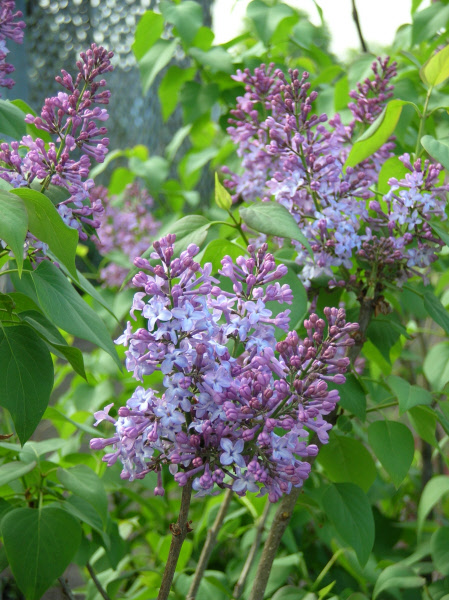Description
ARCHIVED
Note: This is a plant not currently for sale. This is an archive page preserved for informational use.
Single or double, very fragrant lilac panicles in late spring
Single or double, very fragrant lilac panicles in late spring
ARCHIVED
Note: This is a plant not currently for sale. This is an archive page preserved for informational use.
Single or double, very fragrant lilac panicles in late spring
ARCHIVED
Note: This is a plant not currently for sale. This is an archive page preserved for informational use.
Grown for its silver-grey foliage in the garden & dried in arrangements
Size: 3’ x 2’ and spreading
Care: sun in well-drained soil
Native: Colorado south to Texas, west to California.
Size: Cut fresh or dried flowers, prairie garden
Blackfoot used the leaves to clean themselves as part of religious rituals. California’s Shasta Indians used the leaves to prepare dead bodies to be buried. HoChunk made a smudge to revive the unconscious. Cahuilla Indians made baskets and roofs and walls of their homes with the stems. First collected for gardens by Meriwether Lewis October 1, 1804 in South Dakota. Artemisia named for the wife of Mausolus, king of Caria, who began using the plants and adopted it as hers. Miller 1768.
ARCHIVED
Note: This is a plant not currently for sale. This is an archive page preserved for informational use.
Spikes of cobalt blue hooded blooms September – October POISON
Size: 24-36”x 10”
Care: part shade in moist soil
Native: No. Japan, E. Russia, Korea, China
Wildlife Value: Deer resistant. Attracts butterflies.
The name Aconitum is from the mythical hill Aconitus in Pontica where Hercules fought with Cerberus. Philip Miller in The Gardener’s Dictionary (1768) wrote that the name Aconitum comes from Greek word for dart “because the Barbarians used to daub their darts therewith.” The Monkshood reputedly sprang from the jaws of Cerberus, the guard dog of the underworld. In China called “bao ye wo tou.” Wm. Robinson considered this one of the best monkshoods. Collected before 1820.
ARCHIVED
Note: This is a plant not currently for sale. This is an archive page preserved for informational use.
Large, nodding flower heads with recurved petals white, glowing pinkish in August, fragrant.
Size: 3-4’ x 12”
Care: Sun to part shade in moist, acidic soil
Lilium was named for the Greek word for smooth, polished referring to its leaves. This species introduced to Europe by Carl Peter von Thunberg around 1777. Von Thunberg (1743-1828), student of Linnaeus at Uppsala University in Sweden. He made three trips to the Cape of Good Hope 1772-1775 where he collected about 1000 new species, Java and Ceylon (Sri Lanka) 1777 and 15 months in Japan (1775-1777) where he befriended local doctors who gave him hundreds of plants new to Western horticulture. He succeeded Linnaeus as professor of medicine and botany at Uppsala. Knighted by Swedish King Gustav. Grown at America’s 1st botanic garden, Elgin Botanic Garden 1811. L.H. Bailey (1935) highly recommended this lily as “(o)ne of the most beautiful and satisfactory of all lilies, robust, permanent (and) easily grown…”
ARCHIVED
Note: This is a plant not currently for sale. This is an archive page preserved for informational use.
Giant profusion of white flowers from late May to June
Size: 7-8’ x 5’
Care: full sun in well-drained soil
Native: Caucasus
First collected before 1863. ”This is a stately and noble plant, with large heart shaped leaves. The loose flower-heads, which are often 6 feet in height, and nearly as much through, are composed of myriads of small white flowers, which at a distance may be likened to a giant specimen of Gypsophila; it blooms during June and July.” H.H. Thomas 1915.

